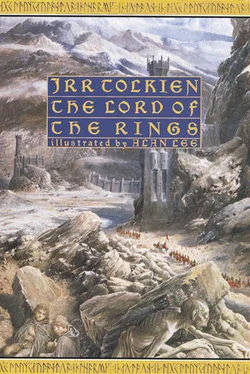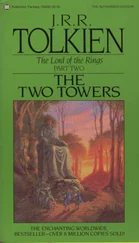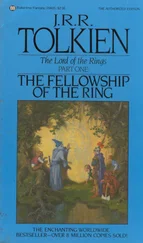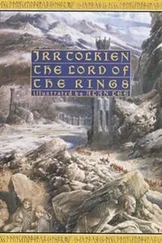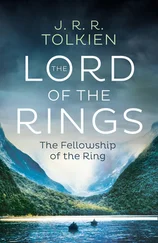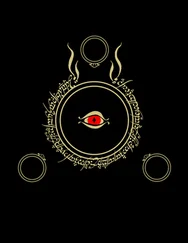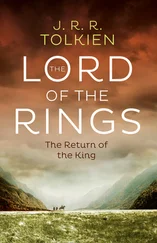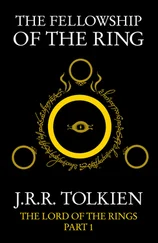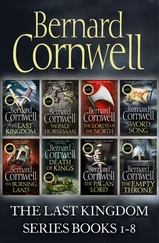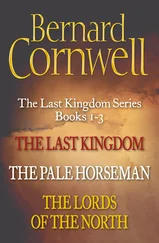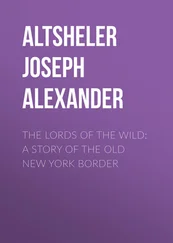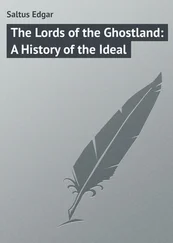The Shire Reckoning and dates are the only ones of importance for the narrative of the War of the Ring. All the days, months, and dates are in the Red Book translated into Shire terms, or equated with them in notes. The months and days, therefore, throughout The Lord of the Rings refer to the Shire Calendar. The only points in which the differences between this and our calendar are important to the story at the crucial period, the end of 3018 and the beginning of 3019 (S.R. 1418, 1419), are these: October 1418 has only 30 days, January 1 is the second day of 1419, and February has 30 days; so that March 25, the date of the downfall of the Barad-dûr, would correspond to our March 27, if our years began at the same seasonal point. The date was, however, March 25 in both Kings’ and Stewards’ Reckoning.
The New Reckoning was begun in the restored Kingdom in T.A. 3019. It represented a return to Kings’ Reckoning adapted to fit a spring-beginning as in the Eldarin loa. [80]
In the New Reckoning the year began on March 25 old style, in commemoration of the fall of Sauron and the deeds of the Ring-bearers. The months retained their former names, beginning now with Víresse (April), but referred to periods beginning generally five days earlier than previously. All the months had 30 days. There were 3 Enderi or Middle-days (of which the second was called Loëndë ), between Yavannië (September) and Narquelië (October), that corresponded with September 23, 24, 25 old style. But in honour of Frodo Yavannië 30, which corresponded with former September 22, his birthday, was made a festival, and the leap-year was provided for by doubling this feast, called Cormarë or Ringday.
The Fourth Age was held to have begun with the departure of Master Elrond, which took place in September 3021; but for purposes of record in the Kingdom Fourth Age 1 was the year that began according to the New Reckoning in March 25, 3021, old style.
This reckoningwas in the course of the reign of King Elessar adopted in all his lands except the Shire, where the old calendar was retained and Shire Reckoning was continued. Fourth Age 1 was thus called 1422; and in so far as the Hobbits took any account of the change of Age, they maintained that it began with 2 Yule 1422, and not in the previous March.
There is no record of the Shire-folk commemorating either March 25 or September 22; but in the Westfarthing, especially in the country round Hobbiton Hill, there grew up a custom of making holiday and dancing in the Party Field, when weather permitted, on April 6. Some said that it was old Sam Gardner’s birthday, some that it was the day on which the Golden Tree first flowered in 1420, and some that it was the Elves’ New Year. In the Buckland the Horn of the Mark was blown at sundown every November 2 and bonfires and feastings followed. [81]
APPENDIX E
Writing and Spelling
I. PRONUNCIATION OF WORDS AND NAMES
The Westron or Common Speech has been entirely translated into English equivalents. All Hobbit names and special words are intended to be pronounced accordingly: for example, Bolger has g as in bulge , and mathom rhymes with fathom .
In transcribing the ancient scripts I have tried to represent the original sounds (so far as they can be determined) with fair accuracy, and at the same time to produce words and names that do not look uncouth in modern letters. The High-elven Quenya has been spelt as much like Latin as its sounds allowed. For this reason c has been preferred to k in both Eldarin languages.
The following points may be observed by those who are interested in such details.
CONSONANTS
C— has always the value of k even before e and i: celeb ‘silver’ should be pronounced as keleb .
CH— is only used to represent the sound heard in bach (in German or Welsh), not that in English church . Except at the end of words and before t this sound was weakened to h in the speech of Gondor, and that change has been recognized in a few names, such as Rohan, Rohirrim . ( Imrahil is a Númenórean name.)
DH— represents the voiced (soft) th of English these clothes . It is usually related to d , as in S. galadh ‘tree’ compared with Q. alda ; but is sometimes derived from n+r , as in Caradhras ‘Redhorn’ from caranrass .
F— represents f , except at the end of words, where it is used to represent the sound of v (as in English of ): Nindalf, Fladrif .
G— has only the sound of g in give, get: gil ‘star’, in Gildor, Gilraen, Osgiliath , begins as in English gild .
H— standing alone with no other consonant has the sound of h in house, behold . The Quenya combination ht has the sound of cht , as in German echt, acht : e.g. in the name Telumehtar ‘Orion’. [82]See also CH, DH, L, R, TH, W, Y.
I— initially before another vowel has the consonantal sound of y in you, yore in Sindarin only: as in Ioreth, Iarwain . See Y.
K— is used in names drawn from other than Elvish languages, with the same value as c; kh thus represents the same sound as ch in Orkish Grishnákh , or Adûnaic (Númenórean) Adûnakhôr . On Dwarvish (Khuzdul) see note below.
L— represents more or less the sound of English initial l , as in let . It was, however, to some degree ‘palatalized’ between e, i and a consonant, or finally after e, i . (The Eldar would probably have transcribed English bell, fill as beol, fiol .) LH represents this sound when voiceless (usually derived from initial sl -). In (archaic) Quenya this is written hl , but was in the Third Age usually pronounced as l .
NG— represents ng in finger , except finally where it was sounded as in English sing . The latter sound also occurred initially in Quenya, but has been transcribed n (as in Noldo ), according to the pronunciation of the Third Age.
PH— has the same sound as f . It is used (a) where the f -sound occurs at the end of a word, as in alph ‘swan’; (b) where the f -sound is related to or derived from a p , as in i-Pheriannath ‘the Halflings’ ( perian ); (c) in the middle of a few words where it represents a long ff (from pp ) as in Ephel ‘outer fence’; and (d) in Adûnaic and Westron, as in Ar-Pharazôn ( pharaz ‘gold’).
QU— has been used for cw , a combination very frequent in Quenya, though it did not occur in Sindarin.
R— represents a trilled r in all positions; the sound was not lost before consonants (as in English part ). The Orcs, and some Dwarves, are said to have used a back or uvular r , a sound which the Eldar found distasteful. RH represents a voiceless r (usually derived from older initial sr -). It was written hr in Quenya. Cf. L.
S— is always voiceless, as in English so, geese ; the z -sound did not occur in contemporary Quenya or Sindarin. SH, occurring in Westron, Dwarvish and Orkish, represents sounds similar to sh in English.
Читать дальше
Конец ознакомительного отрывка
Купить книгу
